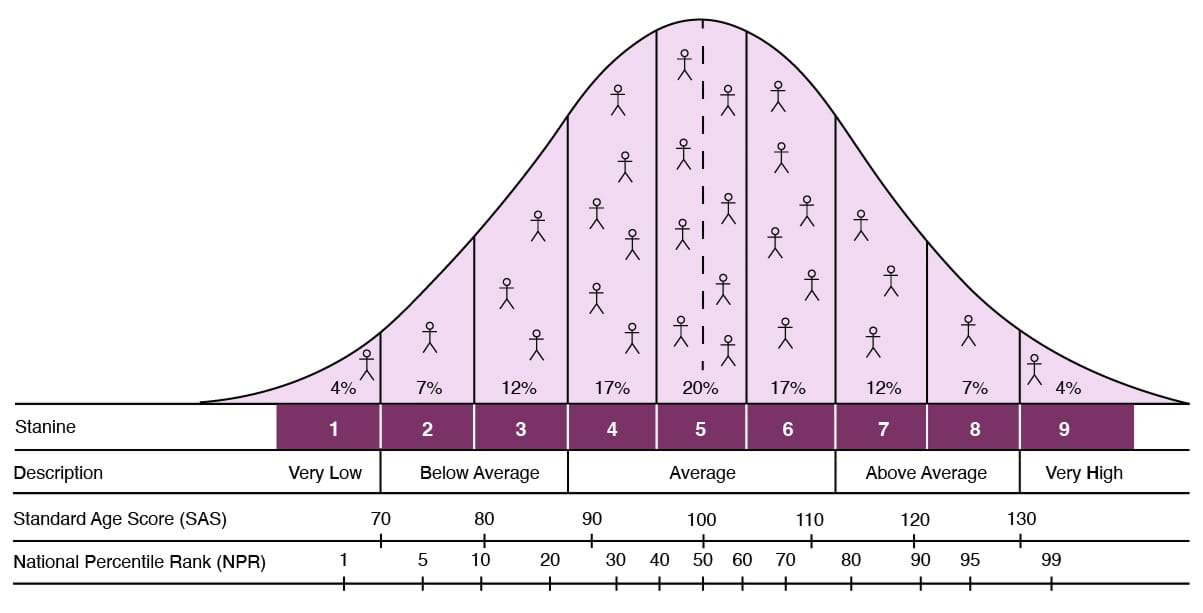What exactly is the New Group Reading Test and how can it help teachers support their students? Georgina Cook unpacks GL Education’s popular reading assessment
Before she joined GL Education, Georgina Cook was the English lead in a trust in Peterborough, UK. Although she used the New Group Reading Test (NGRT) to assess her students and devise appropriate interventions, she confesses she didn’t really appreciate how to use it fully.
“I didn’t realise until I joined GL Education that I was making unnecessary work for myself, nor did I really understand the nuances that the data could give me. So, I think it’s important to spell out exactly what NGRT is, what the data can reveal and how a teacher can best use it.”
What exactly is NGRT, then? What is the difference between standard age scores, stanines and reading ages, and how can schools use the data most effectively without overloading teachers? Georgina explains.
What is the New Group Reading Test?
"NGRT is a standardised, termly reading test for children aged 6 - 16 years. Importantly, the test is adaptive so questions change according to the child's reading abilities. It is designed as a group screener to ensure a teacher can identify the reading skills of a student or group, where intervention might be needed, and how to track and monitor progress.
“We all know how complex a skill reading is. NGRT offers a reliable way to uncover ability and need in as little as 30 minutes. Teachers like it as it acts as the first step to understanding the reading profile of a group of students so that any support is timely and targeted.”
How does NGRT adapt to student need?
“Every student starts with the sentence completion section, which tests knowledge of vocabulary, grammar and syntax without contextual clues. Most students will then move onto the passage comprehension section, which includes retrieval, inference, deduction and detailed content comprehension.
“Students who do not score highly in the sentence completion section will not usually complete the comprehension section, but the assessment adapts and provides them with a phonics section instead. So, you really do get a personalised assessment.”
What data does NGRT give you?
“Two key metrics are the Standard Age Score (SAS) and stanines.
“The SAS is a student’s raw score converted into a score that takes into account the student’s precise age (in years and months) and benchmarks it to a national database.
“The average score is always 100, and the SAS is broken down into nine standard groups – hence sta-nines. These are plotted on a bell curve so teachers can see where students are – below, at or above average. Typically, we will work with reading leads to support students in stanines 4 and above (77% of students) and with SENCOs for those in stanines 1 to 3 (the remaining 23%).
“As a reading lead in school, you really need to be targeted in your approach. Looking systematically at the spread of your students will help support this process so that you can use your resources in school in the best way.”

Why do you advise schools to look beyond reading ages?
“Reading ages can offer an accessible first look at your data that most staff can engage with – flagging those students whose reading ages are furthest away from their chronological age in your intervention group, class, cohort or school, for example. However, we recommend looking beyond the reading age as a next step with staff.
“Measuring progress using reading ages alone can be difficult, not least because reading abilities change rapidly when a child starts to learn to read but tend to plateau after age 14. This means that statements that define a pupil as being ‘three months behind’ or ‘six months ahead’ do not have the same implications for even the same pupil at a different point in time. There is also a stigma with low reading ages. If you tell a 14-year-old that they are reading at the age equivalent of a 7-year-old, it’s likely that this will be all they will hear and they may become disengaged in the support you will offer.
“The SAS is a more consistent metric because any difference from 100 (the mean score) for any pupil expresses the same thing, regardless of their age. As such, it offers a much fairer and easier way to monitor progress.”
What else does NGRT provide?
“NGRT also provides a sentence completion stanine and a passage comprehension stanine – and, for the weakest students, how they performed in the phonics section of the test. Comparing these two stanines gives a more nuanced reading profile of a student beyond their SAS score.
“Both scores should align, so any discrepancy will allow teachers to craft more appropriate support. If a student’s passage comprehension score is higher than their sentence completion score, for instance, they may benefit from interventions that increase their vocabulary. Conversely, if a student has a higher sentence completion score than comprehension score, working on inference and deduction of a text will likely unlock a better level of fluency for that child.
“If a student’s profile is especially ‘spikey’, it may be an indication of a deeper speech and language problem or dyslexia. In that case, we recommend a one-to-one assessment to give teachers more detail – such as the York Assessment of Reading for Comprehension (YARC), the Dyslexia Portfolio or the WellComm speech and language toolkit.
“NGRT also provides indicator scores for the reading element of KS2 SATs and GCSE English language.”
How can assessment leads not overload classroom teachers with too much data?
“Once schools understand how the SAS works and what NGRT can do for them, the next crucial step is supporting all staff to understand what this looks like in the classroom.
“The very best ways I have experienced NGRT being used is when the leads use this nuanced data to profile students according to need, ensure the data is simplified for staff, and make sure the support routes available are clear for everyone to understand.
“We know how linked well-being and academic outcomes are to reading ability. Unfortunately, not all children crack their alphabetic code by the expected age of 6, and if this doesn’t happen, we haven’t got time to waste on misplaced interventions. This is why it’s so important to target interventions based on the child’s need.”
To see NGRT in action, read top tips and articles from schools and UK trusts in our Reluctant Readers report.


